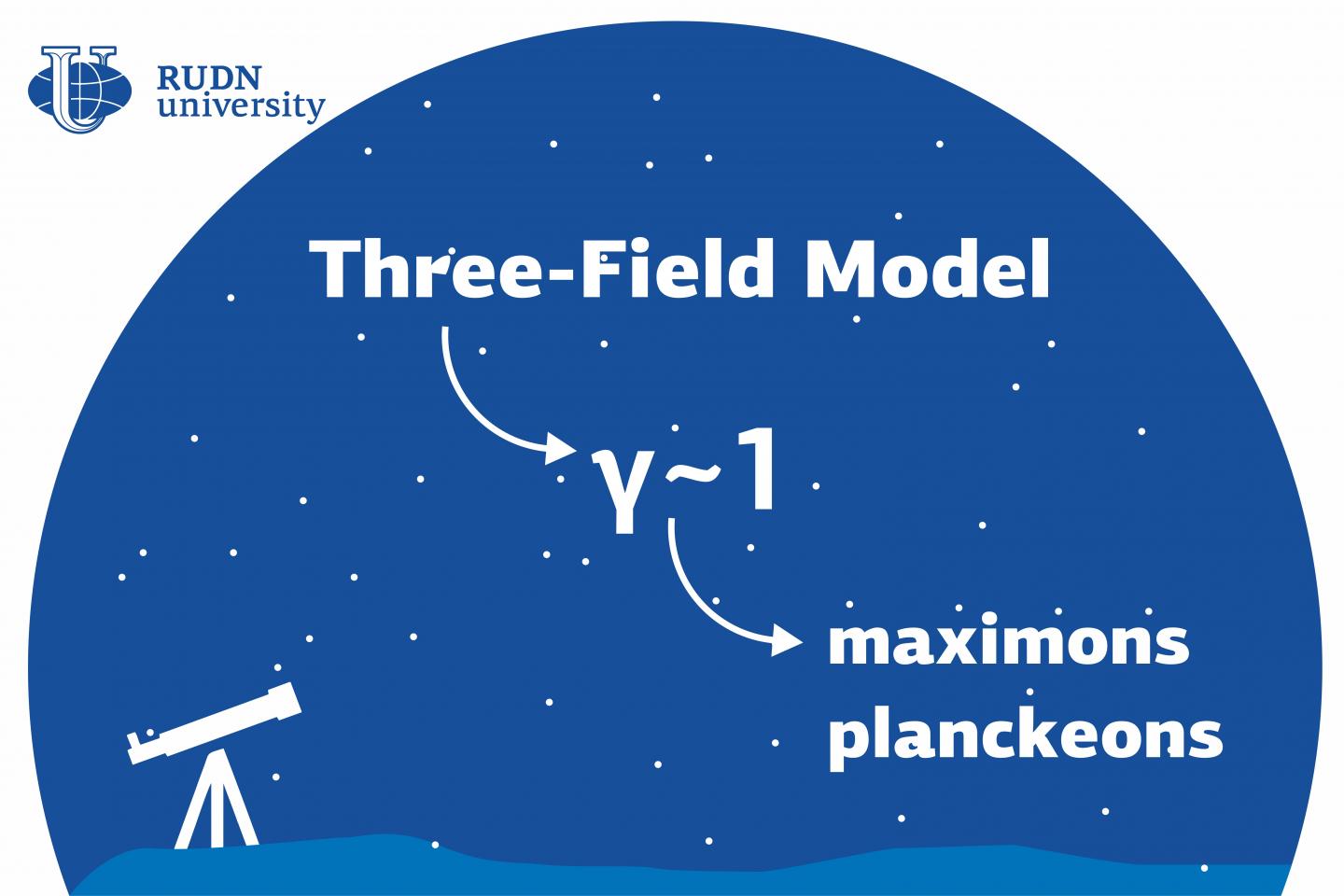RUDN University physicists analyzed the role of gravity in elementary particles formation
Due to their small size, the gravitational interaction between elementary particles (electrons, protons, and neutrons) is weak compared to Coulomb forces—attraction and repulsion determined by charge. For example, negatively charged electrons move around the atomic nucleus that contains positively charged protons. Therefore, the ratio of Newtonian attraction to Coulomb repulsion (or γ,) is negligible. However, on the Planck scale, i.e. at distances around 1.6?10?35 m, these forces become comparable. A team of physicists from RUDN University found solutions of existing models that correspond to particles in the Planck’s range.
“Gravity can potentially play an important role in the microworld, and this assumption is confirmed by certain data. γ is considered a ’magical’ dimensionless number, and we are unaware of any serious attempts to theoretically obtain such a small value of γ — 10-40. We presented a simple model that allowed for obtaining this particular value in a natural way,” said Vladimir Kassandrov, PhD, and an Assistant Professor of the Institute of Gravitation and Cosmology, RUDN University.
The team used semi-classical models based on electromagnetic field equations. They have several solutions for particles as well as solitons (stable solitary waves). In equations like this, gravity is usually not taken into consideration and is replaced with a nonlinear correction that is chosen almost arbitrarily. This is where the main issue with these models lies. However, it can be solved by adding the equations of three fundamental fields to the system. Then, following the requirements of gauge invariance (that prevent physical values from changing simultaneously with the transformation of the fields), the form of nonlinearity becomes strictly defined. The team from RUDN University used this approach to find solutions that matched the characteristics of typical elementary particles. The existence of such solutions would confirm the fundamental role of gravity in the formation of particles.
The team failed to find solutions in which the charge and mass matched elementary particles at γ<0.9, and the very possibility of their existence remains questionable. However, the scientists managed to obtain solutions to the model for γ~1. They describe charged semi-quantum objects in the Planck range (i.e. with a mass around 10?5 g and size in the order of 10?33 cm). The physicists are still unsure what these solutions correspond to. Hypothetical particles with these parameters are called maximons or planckeons. The team from RUDN University was the first to obtain a discreet energy spectrum for objects with γ tending to infinity (i.e. with electric field excluded from the model). In this case, the solution describes objects with near-solar mass.
“Although our attempt to calculate probability characteristics at γ<0.9 was not successful, the model still could have such particle-like solutions. In the future, we would like to shed light on this problem that is intriguing for physicists by extremely complex from the point of view of mathematics. We want to find out if solutions for elementary particles really exist in the three-field model”, added Vladimir Kassandrov from RUDN University.
The results of the study were published in the Universe journal.
Products derived from microalgae represent a cutting-edge development in the field of bioeconomy. The potential of this biological resource was discussed at the international research seminar “Foundations for a Green Sustainable Energy”, part of the BRICS Network University’s thematic group on “Energy”. The event was organized by the Institute of Ecology at RUDN University.
Ambassadors of Russian education and science met at a conference in RUDN University to discuss how they can increase the visibility of Russian universities and research organizations in the world, and attract more international students in Russia.
The international scientific seminar hosted by RUDN Institute of Ecology “Experience of participation in student organizations as a way to form career skills” united scholarship recipients of the International Student Mobility Awards 2024 and Open Doors, along with members of the scientific student society “GreenLab” and the professional student association “Kostyor (Bonfire)” shared their projects focused on environmental protection.
